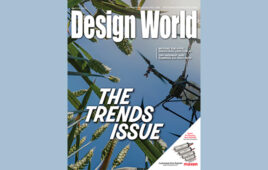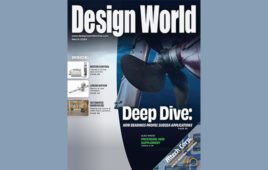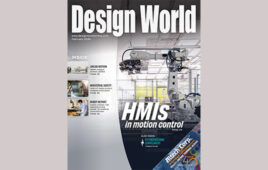A frequency you can count on
There are few constants in life, but what few there are might include death, taxes, and a U.S. grid frequency that doesn’t vary by more than ±0.5 Hz. However, the certainty of the grid frequency is coming into question, thanks to the rising percentage of renewable energy sources that supply the grid with power.
The problem is that renewable sources such as solar panels and wind turbines have little in the way of inertia. Inertia in power systems refers to the kinetic energy stored mainly in large rotating generators. Inertia lets generators remain rotating despite temporary interruptions such as a glitch in the fuel supply. Energy arising from inertia can be particularly valuable as it can temporarily make up for power lost from a generator that fails. Inertia energy—typically available for a few seconds—gives power plant controls time to detect and respond to the failure.
But inertia doesn’t just keep power plants online. Inertia resists a drop in grid frequency, which is a measure of the balance of the supply of electricity and demand. Inertia basically gives the grid time to rebalance supply and demand and keep the grid frequency stable.
Inertia tends to be more important in smaller grids. Consider the grid in the United Kingdom with a peak demand of around 30 GW, a little less than half that of ERCOT (Electric Reliability Council of Texas) which is the smallest grid in the U.S. To boost its inertia, the U.K. recently installed a pair of roughly 200-ton flywheels spinning at 500 rpm. Smaller flywheels with speeds of 1,500 rpm will come on-line there later this year, and more are planned. These measures are necessary because the U.K. grid currently gets about 30% of its power from inertialess wind and sunlight.
In the U.S., the ERCOT grid has the most worries about inertia partly because of its size but also because it contains a large amount of wind energy, accounting for 23% of the state’s power. So far, ERCOT has compensated for declining inertia by adopting several inexpensive methods such as shedding fast-responding noncritical loads in response to changes in frequency.
Eventually, even managers of large grids will need to worry about inertia with the growth of renewable energy sources. A few renewable energy schemes do, in fact, have some built-in inertia. They include biomass-powered generators, concentrating solar power plants, and of course hydropower.
You might think that wind turbines would have a lot of kinetic energy in the rotating mass of their blades, shafts, and generators that could augment grid inertia. But most modern wind turbines don’t carry synchronous generators, those that inherently resist changes in frequency. Wind turbine kinetic energy may help in the future, though, by giving turbines a way to actively sense grid frequency so their generators can be programmed to temporarily boost output beyond that supported by steady state wind speeds.
Solar panels can also provide inertia-like properties—sort of. The idea is to operate the panel such that its output is below that available based on instantaneous weather conditions, basically so it has power in reserve. The panel inverter can then rapidly increase output to provide frequency support.
Problem is, the panel must have some reserve capacity to provide this kind of support, so there’s an economic tradeoff between providing energy and being able to respond to imbalances. On the bright side, generators that incorporate inverters can respond more quickly to frequency dips than conventional rotating generators.
The final word on inertia isn’t in. But the day may come when lab tests will have to add ac line frequency to the list of items that must be verified rather than assumed.
Leland Teschler • Executive Editor
Filed Under: DIGITAL ISSUES • DESIGN WORLD, DIGITAL ISSUES • EE WORLD




